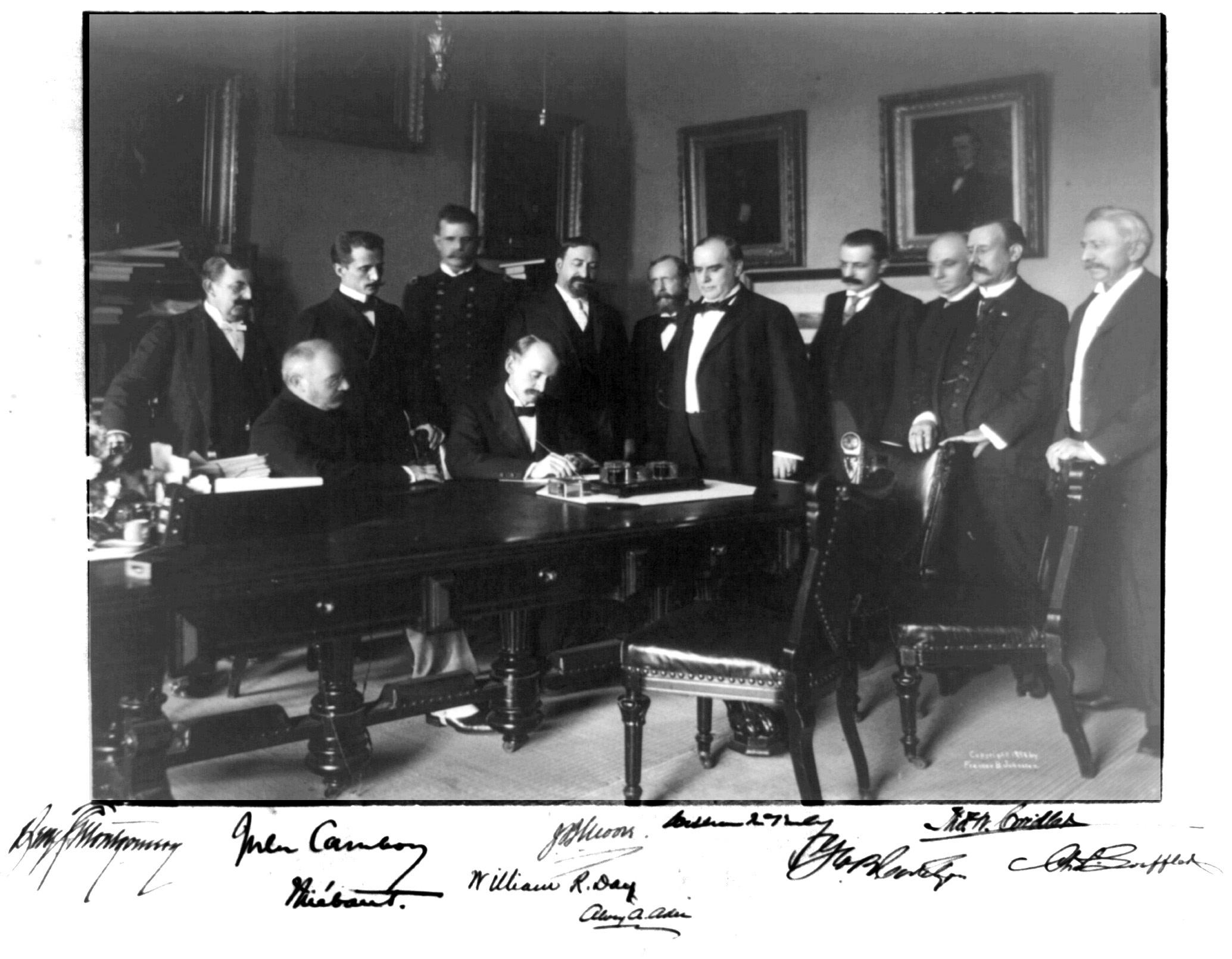XIII
TRACING THE HISTORY OF THE FILIPINO DIASPORA IN FRANCE First Wave
In the mid-19th century, many affluent Filipinos went to Europe
to study and do business. The opening of the Suez Canal in 1869, which shortened the travel time from the Philippines to Europe from two years to just over a month, made the travel to Europe very convenient. Spain was considered as the natural choice destination for these Filipinos since it was not considered a foreign country. However, geographical proximity eventually brought many of the Filipinos based in Spain to France. The first wave of Filipinos in France was composed of intellectuals, artists and businessmen. José Rizal, Juan Luna, the family of the Pardo de Taveras are prime examples of each of these categories. Many of the Filipinos who found their way to Paris came from rich backgrounds and able to afford the high cost of living. Those less affluent would rely on their family and social networks to find suitable lodging and even to borrow money from. Rizal's experience in Paris is one testament to this. For this generation of Filipinos, the benefits of living in France were the knowledge learnt and the principles imbibed—liberty, equality, and fraternity—that eventually influenced the Philippine Revolution. Second Wave During the Philippine Revolution of 1896, many rich Filipino families escaped the ensuing chaos by emigrating to France. There were also those who had family members involved in the revolution and who found their way to France to escape from Spanish persecution.73 The two world wars and the ensuing peace in between also brought Filipinos to France. There were also those who served alongside their 367
DISCOV _INT PP 050719.indd 379
5/7/19 8:55:36 PM


































